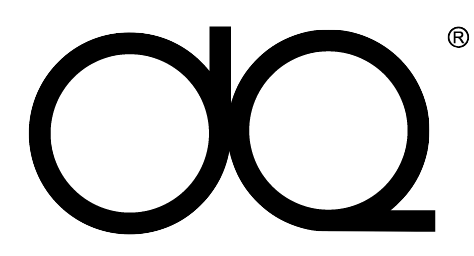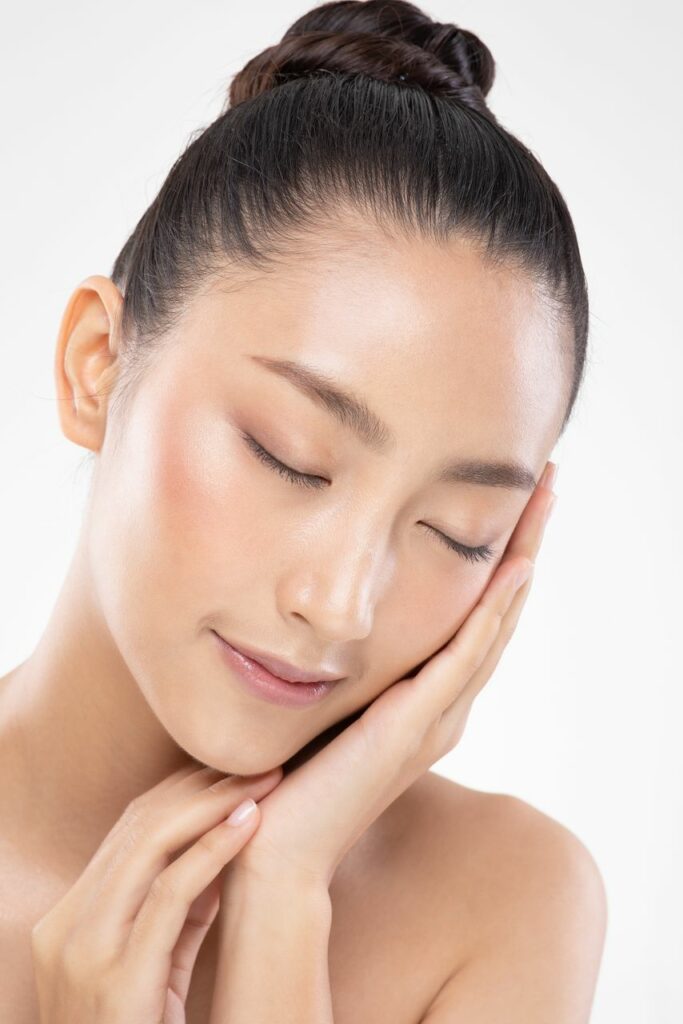Conquering Pimple Breakouts: Pimple Skin Solutions
The quest for clear, blemish-free skin is a universal struggle, but for many living in Malaysia, it can feel like an uphill battle against an invisible enemy. A pimple outbreak is rarely due to a single cause; it is typically the result of a perfect storm of internal and external factors. From the humid tropical weather to the pressures of modern life, understanding the root causes is the first step toward an effective solution. This article delves into the multifaceted reasons behind acne and provides a strategic roadmap to achieve healthier, clearer skin.
The Perfect Storm: Unpacking the Causes of Pimple Outbreaks
To effectively treat acne, we must first understand its primary mechanism. Pimples form when hair follicles become clogged with a combination of dead skin cells and excess sebum (oil produced by sebaceous glands). This creates an ideal environment for the bacteria Cutibacterium acnes (C. acnes) to proliferate, leading to inflammation, redness, and the familiar pus-filled lesions.
Now, let’s examine the key factors that trigger this chain of events.
1. The Malaysian Weather: A Primary Aggravator
Malaysia’s tropical climate is characterized by high humidity and temperatures consistently hovering around 30°C. This environment plays a significant role in skin health:
- Increased Sebum Production: Heat stimulates the sebaceous glands to produce more oil. When this excess oil mixes with sweat and dead skin cells, it creates a sticky paste that easily clogs pores.
- Sweat and Friction: Constant sweating can irritate the skin and, if not cleansed promptly, mix with oils and bacteria. Furthermore, habits like wiping sweat off your face with your hands or a dirty towel can introduce more bacteria and cause friction, leading to a type of acne called acne mechanica.
- High Humidity: While humidity can help keep skin hydrated, it also makes the skin’s surface a fertile ground for bacteria and fungi to thrive.
2. Hormonal Fluctuations: The Internal Trigger
Hormones are one of the most powerful drivers of acne, which is why breakouts are common during puberty, menstrual cycles, pregnancy, and periods of stress.
- Androgens: Hormones like testosterone (present in both men and women) signal the sebaceous glands to enlarge and produce more sebum. This is why teenagers and individuals with hormonal imbalances are particularly prone to acne.
- Menstrual Cycle: The drop in estrogen levels just before a period can lead to a relative increase in androgen activity, causing pre-menstrual breakouts along the jawline and chin.
3. Lifestyle and Stress: The Modern-Day Culprits
The fast-paced urban lifestyle in Malaysia contributes significantly to skin issues.
- Stress: When you’re stressed, your body releases cortisol, a hormone that can also increase oil production. The vicious cycle of stress causing acne, and acne causing more stress, is a common reality for many.
- Sleep Deprivation: Lack of quality sleep impairs the skin’s natural repair processes, increases inflammation, and can exacerbate existing skin conditions.
- Skincare Habits: Using products that are too rich or occlusive for a humid climate can clog pores (a condition known as cosmetic acne). Conversely, overwashing or using harsh, stripping products can damage the skin barrier, leading to irritation and even more oil production as the skin tries to compensate.
4. Diet: The Debated Influence
The link between diet and acne is complex and varies from person to person. However, certain dietary patterns are widely recognized as potential triggers:
- High-Glycemic Foods: Foods that cause a rapid spike in blood sugar (e.g., white bread, sugary drinks, pastries) can influence hormone levels and increase inflammation, potentially worsening acne.
- Dairy Products: Some studies suggest a correlation between dairy consumption (particularly skim milk) and acne, possibly due to the hormones and growth factors present in milk.
- Fast Food: Diets high in saturated fats and processed foods are often linked to increased inflammation in the body, which can manifest on the skin.
The Solution: A Multi-Pronged Skincare Strategy
There is no one-size-fits-all solution. An effective approach involves adapting your skincare and lifestyle to counteract the specific causes affecting you.
Phase 1: The Foundation – A Climate-Adapted Skincare Routine
Your daily routine should focus on balancing oil, keeping pores clear, and protecting the skin barrier.
- Gentle Cleansing (Twice Daily): Use a gentle, water-soluble foaming or gel cleanser. Avoid harsh soaps that strip the skin. The goal is to remove excess oil, sweat, and impurities without causing irritation. After a sweaty workout, cleanse your face as soon as possible.
- Chemical Exfoliation (2-3 Times Weekly): This is non-negotiable for preventing clogged pores. Instead of abrasive scrubs, opt for chemical exfoliants like:
- Salicylic Acid (BHA): Oil-soluble, meaning it can penetrate deep into pores to dissolve the mix of oil and dead skin cells. It’s ideal for blackheads and whiteheads.
- Glycolic Acid or Lactic Acid (AHA): Water-soluble, they work on the skin’s surface to slough off dead cells and improve skin texture.
- Lightweight, Non-Comedogenic Moisturization: Even oily skin needs hydration. Skipping moisturizer can lead to dehydration, prompting your skin to produce more oil. Choose oil-free, gel-based, or water-cream moisturizers that contain ingredients like hyaluronic acid or niacinamide, which hydrate and help regulate sebum.
- Daily Sun Protection: The sun’s UV rays can inflame acne and lead to post-inflammatory hyperpigmentation (dark spots). Use a lightweight, non-comedogenic, oil-free sunscreen with at least SPF 30/PA+++ every single day. This is crucial in Malaysia’s sunny climate.
Phase 2: Targeted Treatments and Lifestyle Adjustments
- Spot Treatment: For active pimples, use a targeted treatment containing Benzoyl Peroxide (which kills C. acnes bacteria) or Salicylic Acid. Apply a small amount directly onto the blemish after cleansing and before moisturizing.
- Dietary Mindfulness: Pay attention to how your skin reacts to certain foods. Try reducing your intake of high-sugar and high-dairy foods for a few weeks to see if it makes a difference. Focus on a balanced diet rich in antioxidants (fruits, vegetables), zinc (nuts, legumes), and omega-3 fatty acids (fish) to help reduce inflammation.
- Stress Management: Incorporate stress-reducing activities into your week. This could be exercise (which also helps circulation), yoga, meditation, or simply pursuing a hobby. Prioritize 7-8 hours of quality sleep each night.
- Hands Off: Avoid touching your face throughout the day, and never pick or pop your pimples. This pushes bacteria deeper, increases inflammation, and dramatically raises the risk of scarring.
Phase 3: When to Seek Professional Help
If your acne is severe, painful, cystic, or does not respond to over-the-counter products after 6-8 weeks, it is time to consult a dermatologist. They can prescribe stronger, more effective treatments, such as:
- Topical Retinoids: Vitamin A derivatives that are highly effective at unclogging pores and promoting cell turnover.
- Oral Antibiotics: To control bacteria and reduce inflammation.
- Hormonal Therapies: Such as oral contraceptives for women.
- Isotretinoin: A powerful oral medication for severe, resistant cystic acne.
Patience and Consistency are Key
Achieving clear skin in the face of Malaysia’s climate and modern stressors is a journey that requires patience and consistency. There are no overnight miracles. By understanding the unique triggers—from the relentless humidity to your daily habits—you can build an intelligent, targeted skincare regimen. Remember, the goal is not perfection, but a healthy, balanced complexion. Listen to your skin, be kind to it, and don’t hesitate to seek professional guidance when needed. Your path to clearer skin starts with a thoughtful, multi-pronged strategy tailored to your life.



